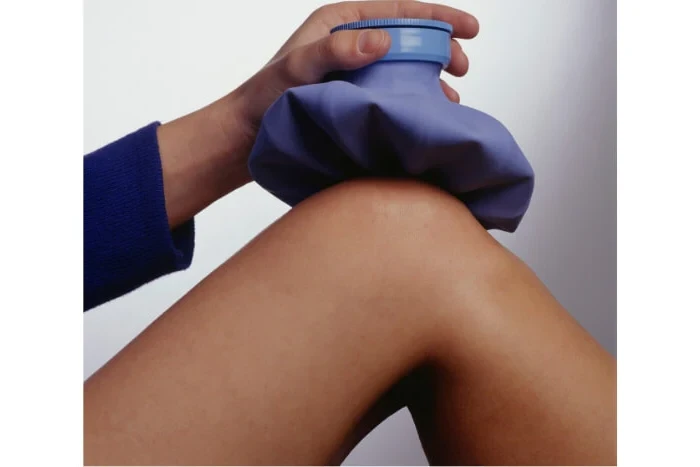
Advertisement
Many osteoarthritis patients struggle with knee pain at night. The cause of this discomfort is still unclear, but scientists suspect that inflammation and stiffness in the joints are responsible for this discomfort. Researchers have also noticed that the anti-inflammatory hormone cortisol naturally decreases at night, allowing inflammatory mediators to build up. This is another reason why knee pain at night can disrupt your sleep.
training

Exercise is an important component of treating arthritis pain and can help you sleep better at night. Training is also a good way to increase strength and activity capacity, and can also reduce feelings of impatience and depression. Many people who have arthritis can benefit from a healthy exercise program, including aerobic exercise and stretching. However, it is important to consult with your doctor before starting training. Many doctors recommend that you do not exercise on inflamed joints for at least 2 to 3 hours before you go to bed. Many people
experience knee pain with osteoarthritis at night, which is the main cause of knee arthritis pain. Approximately 70% of arthritis patients have this degenerative disease, which causes bare bones to rub against each other. Unfortunately, this condition cannot be cured, but treatment can help ease the degenerative process.
ice

In most cases, arthritis pain can be relieved by applying heat or ice to the affected area. However, some precautions are necessary. People with obvious skin damage are not recommended to use hot or ice packs. Before using either, the skin must be protected. Also, ensure that the arthritis is displaced after ice or heat therapy.
Ice is most useful when used within 24 hours of the onset of pain. Follow the rule "20 minutes open, 20 minutes closed." Apply ice to the affected area for 20 minutes until the pain is gone. If the ice pack causes pain or redness of the skin, the ice pack should be removed as soon as possible. Otherwise, frostbite may result.
Prescription painkillers

Non-prescription (OTC) painkillers such as acetaminophen, ibuprofen, or naphthoprosene may be an option for treating arthritis pain. These drugs are effective for mild arthritis pain, but they can be dangerous if taken too frequently. They damage your liver, so don't take too many unless you're sure you're not allergic to the drug. Nonsteroidal
anti-inflammatory drugs work by inhibiting the production of prostaglandins, which help protect the stomach lining from acid. Nonsteroidal anti-inflammatory drugs can also reduce the formation of blood clots. Because people respond differently to these drugs, doctors must monitor patients closely to find the optimal dose.
sleeping position

One way to help knee arthritis pain is to change your sleeping position. Sleeping on your side will support your knees so they don't bang together. You can also place a pillow under your knees as you sleep. This will help keep the bones from squeezing together and keep your knees slightly bent.
Regardless of your bed position, changing it regularly may help reduce pain. The best position for you depends on your body type and the cause of your pain. Talk to your healthcare provider to identify what works best for you.









